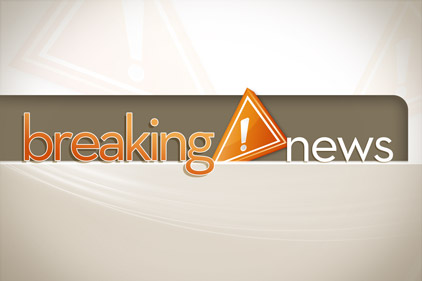“We’re excited about the project,” said Passiv Science founder Adam Cohen, “not just for the comfort, healthy indoor air, and efficiency that it brings the clinic, but also for the example it sets.”
Health care buildings account for 11 percent of all commercial energy consumption, using a total of 561 trillion Btu of combined site electricity, natural gas, fuel oil, and district steam or hot water, says Passiv Science. They are the fourth highest consumer of total energy of all building types.
This new Passive House dental clinic uses nearly 75 percent less energy to heat and cool than a conventionally-built one, but was built for a cost equivalent to market rate standard construction.
To accomplish this, Passiv Science focused on constructing an advanced building envelope with low-cost insulation and air sealing. This allowed the project team to downsize mechanical systems by 70 percent, saving thousands in construction expense that was reinvested in the building’s efficiency features. An energy recovery ventilator, for instance, provides a constant supply of pre-conditioned fresh air to the space, to provide the clinic with optimum indoor air quality. And a series of passive thermal cooling loops in the concrete slab surrounding each workstation provides a continual source of super-efficient cooling.
“This building shows that it’s not only realistic to build dental clinics and other outpatient medical facilities as Passive House buildings, it’s also affordable,” said Cohen. “And the end product is more comfortable for doctors and patients, cheaper to operate and maintain, and more durable in the long run.”
To learn more about the Passive House dental clinic, go to http://passivscience.com/case-studies/dental-clinic/ .
Publication date: 6/10/2013
Want more HVAC industry news and information? Join The NEWS on Facebook, Twitter, and LinkedIn today!








